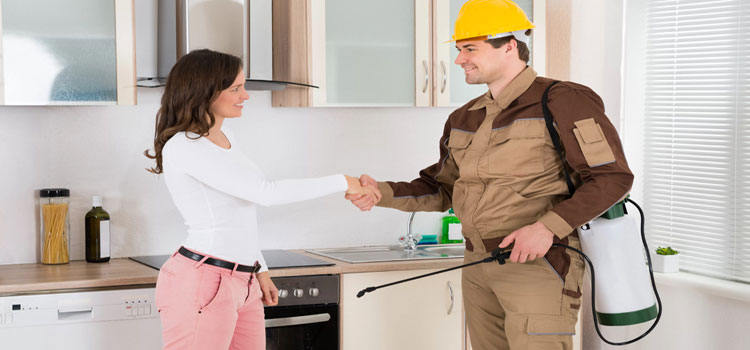Using toxins and pesticides isn’t the only way of controlling pests in the home. There are a lot of different and more natural ways to keep bugs and rodents out of the house if you prefer to eliminate the use of chemicals.
Start with Prevention
The best approach is to keep your home pest-free to begin with. The biggest lure that brings both insects and rodents into the house is food. Clean up messes and spills immediately, wipe down counters daily, don’t leave food sitting out (even decorative fruit bowls), and store your kitchen garbage in a tightly sealed bin.
Seal up cracks around windows, doors and even the foundation of the house if you can. All windows, vents and other such openings need tight secure screens on them too.
Strong Scents
This is a great trick that will help repel a lot of insects as well as rodents. Essential oils or fresh herbs can be strong enough to turn off exploring pests, especially those that are following their noses in search of food. Mint, cedar, lavender, tea tree, thyme, orange, and lemon are all non-offensive choices. Garlic is also good for insects but not the nicest to be spraying around the house too much. You can use pure oil in small areas if you know bugs are coming in, otherwise dilute in some water for more wide-spread coverage.
Diatomaceaous Earth
Also known as DE, this is a wonderful substance for insect pests though it won’t do anything for larger animals. That also means it’s totally safe for kids and pets, which is a plus when trying to avoid pesticides. It looks and feels like flour, but is a fine mixture of fragmented “seashells” basically. Only to very small and delicate organisms, like insects, is it hazardous due to the microscopic sharp edges. Sprinkle DE around cracks, along baseboards and under cabinets to kill any insects that walk through it.
Traps
Traps can mean a whole range of products, and you can go this route for most insects and definitely rodents in the house. They’re not always the most humane choice, but it does mean you can forgo the chemicals. For bugs, you can get great results with sticky traps. Crawling insects like spiders, ants or cockroaches will get caught up in traps left on surfaces, but you can also use hanging sticky strips for flying insects like fruit flies.
You can technically use larger sticky traps for mice but it is a cruel option that can be avoided. Snap traps can be more effective (bait with peanut butter for good results), and newer models are easier to use than the old-fashioned ones made from wood and springs. Or you can avoid killing mice or rats altogether with a humane trap that just cages up the animal when it takes the bait. The only catch is that you need to take it well away from your home to release it, unless you are confident that any entryway has been blocked up.





